I’ve been working on a Dungeons & Dragons adventure for the entire year. I might even have started back in 2023, I don’t quite remember. Plans for this D&D epic go back at least as far as March, when readers may recall Capcom stealing my side quest idea for Dragon’s Dogma 2. But now it’s over. So what now?
There are many different styles of DMing a game of D&D, both in terms of actually running the game in person, and writing it up. The former is, to a large extent, dictated to some degree by the group you play with, and whether they favour acting out role play, solving puzzles, or engaging in combat, and whether they prefer to take it seriously, goof off a little, or go full murder hobo. The final option there is fun for no one, and yet many still do it. But the writing side is more isolated, and that is why I’ve always been drawn to it.
Writing D&D Is Different From Playing D&D
From the moment I started running games in D&D, I’ve wanted to put my own spin on things. I do this job because I love writing, and it’s a love many DMs share. My first adventure was an early-level outing from Candlekeep Mysteries. A solid enough story, with a strong setting, compelling boss, and great maps, but the central mystery was weak, so I rewrote it. From then on, I’ve had the bug.
My first true adventure, a story spanning levels 3-11 was enjoyed by both groups I’ve played it with (though one is not quite halfway, the other finished), but it felt like a first effort. Certain leaps were needed to hold the plot together, the overall motivation waned and the story became about immediate objectives, and the world building was lax. A few buildings, some unique characters, but mostly of the PS2-fantasy game archetype where they stand around with clear ‘do this side quest’ activities and little else going on in the world.
Still, I enjoyed writing it. I enjoyed playing it. I learned a lot from both, and like I said, my players all seemed to be on board with it. But I knew I could do something better. I was toying with another 3-11 adventure with the same often motivationless propulsion through new maps with new NPCs giving… sure, we’ll say ‘new’ side quests, and the second go at the formula was more interesting than the first. But it wasn’t enough. So a new adventure began.
Baldur’s Gate 3 & Dead Rising Form Twin Pillars
Ambitiously inspired by Baldur’s Gate 3 and Dead Rising, this was to be a full 1-20 adventure. It had a somewhat linear start to bed the world and objectives in place, then offered two sprawling cities. There was a constant ‘tadpole in the eye’ sort of motivation that played into being a background concern while tasks in front of them were dealt with. No longer playing out a version of free roam while following a linear plot, this world was truly open.
Each of these twin cities has over 100 buildings to explore, which give deeper and more connected side quests, or offer hints at other quests, or sell items, or all, or neither. There are still level up milestones, but the players don’t know them and won’t truly know how long each story strand is until they reach the knot at the end. Both cities have outer reaching areas to explore, and travelling between settings is encouraged with fresh challenges on each path.
There’s a Pokemon minigame. There’s a Monster Hunter minigame. There are fishing mechanics. I’ve been working on this for so long that I don’t really know what to do now that it’s finished. ‘Play it’ is the obvious answer, and that first group (a gang at TheGamer, no less) have reached the end of the linear on-ramp and will soon know true freedom. As several of them have only ever played D&D through me, it will be a major first for them.
Bigger D&D Games Are Tough To Stick With
The problem is, when people play it they might not like it. It might be too sprawling and feel directionless. Worse, boring. The idea of tackling things in any order may lead to choice paralysis. The world no longer progressing in step with their pre-planned levelling might make parts too hard, or investing time in a longer quest that isn’t a milestone might generate annoyance. It might just not be very good.
It didn’t really matter if the first one was any good. People were learning how to play, and while I had run some one shots with homebrew notes, I was learning how to DM. The second adventure I had written would have been better, but once I decided the formula was wrong, the safety wheels came off. What if it’s just 17 levels of nothing and wondering when they can fight the final boss or when it would be okay to drift away and not come back?
The random ‘oh there’s a boss here’ nature of Dead Rising works because you can just reload a save. The clustered quests of Baldur’s Gate 3 work because you can play several hours a night for a week or so and sweep them all up. We play D&D every three weeks and death is a major consequence. I didn’t think much about this while writing, but now that playing is all that’s left, I need to.
It’s an odd feeling to be without the security blanket of writing. For this whole year, D&D to me had meant hours of writing with occasional breaks to play. I’ve spent far more time alone than in a group, and I’ve liked it. Now that security blanket has gone, the wyrmling has been kicked from the nest. There’s nothing left to do but play. And really, playing has always been the worst part of playing D&D.

Dungeons & Dragons
- Created by
- E. Gary Gygax , Dave Arneson
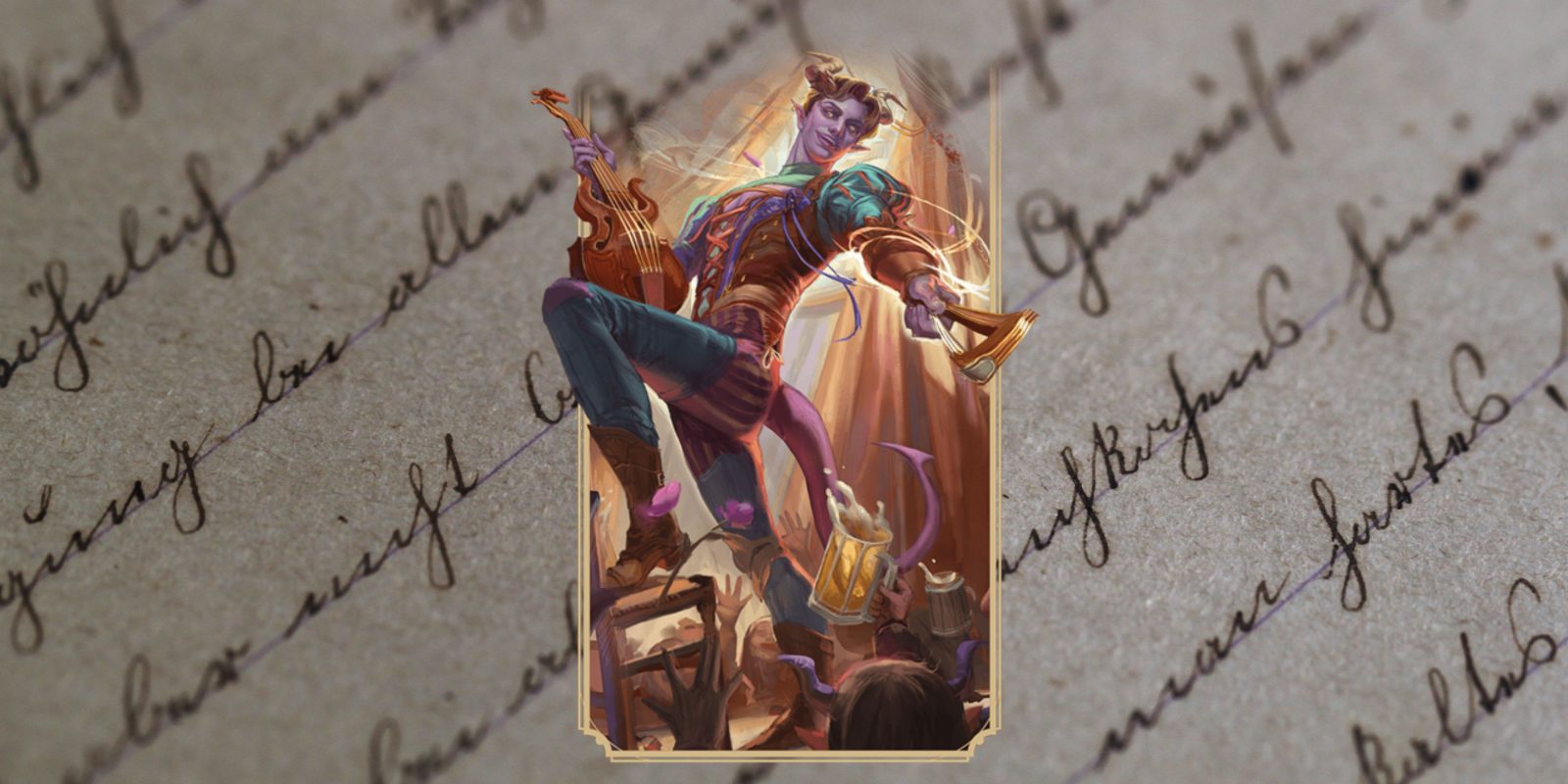
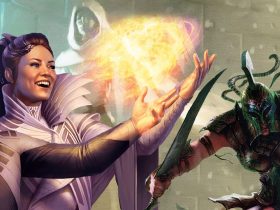
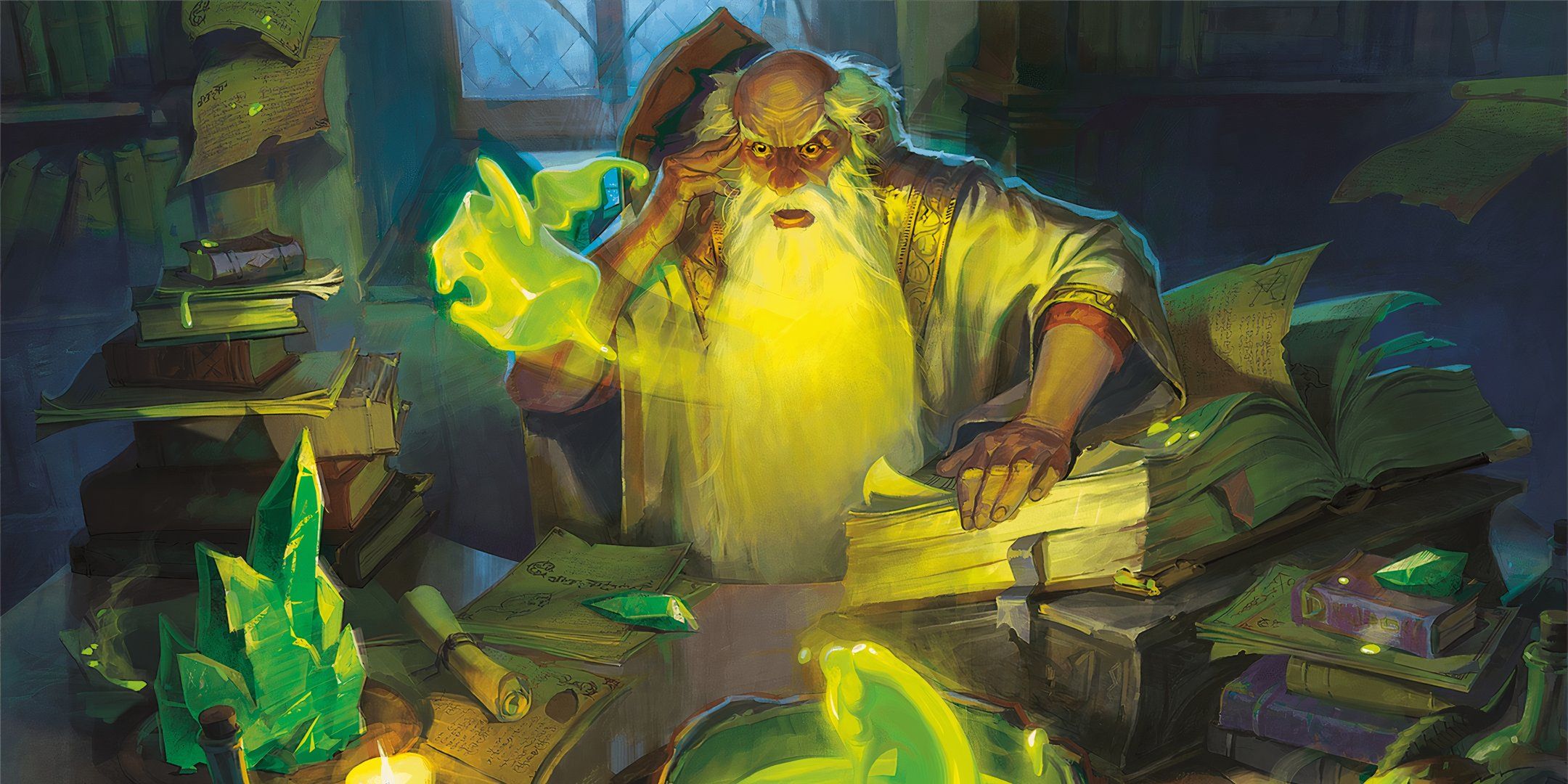
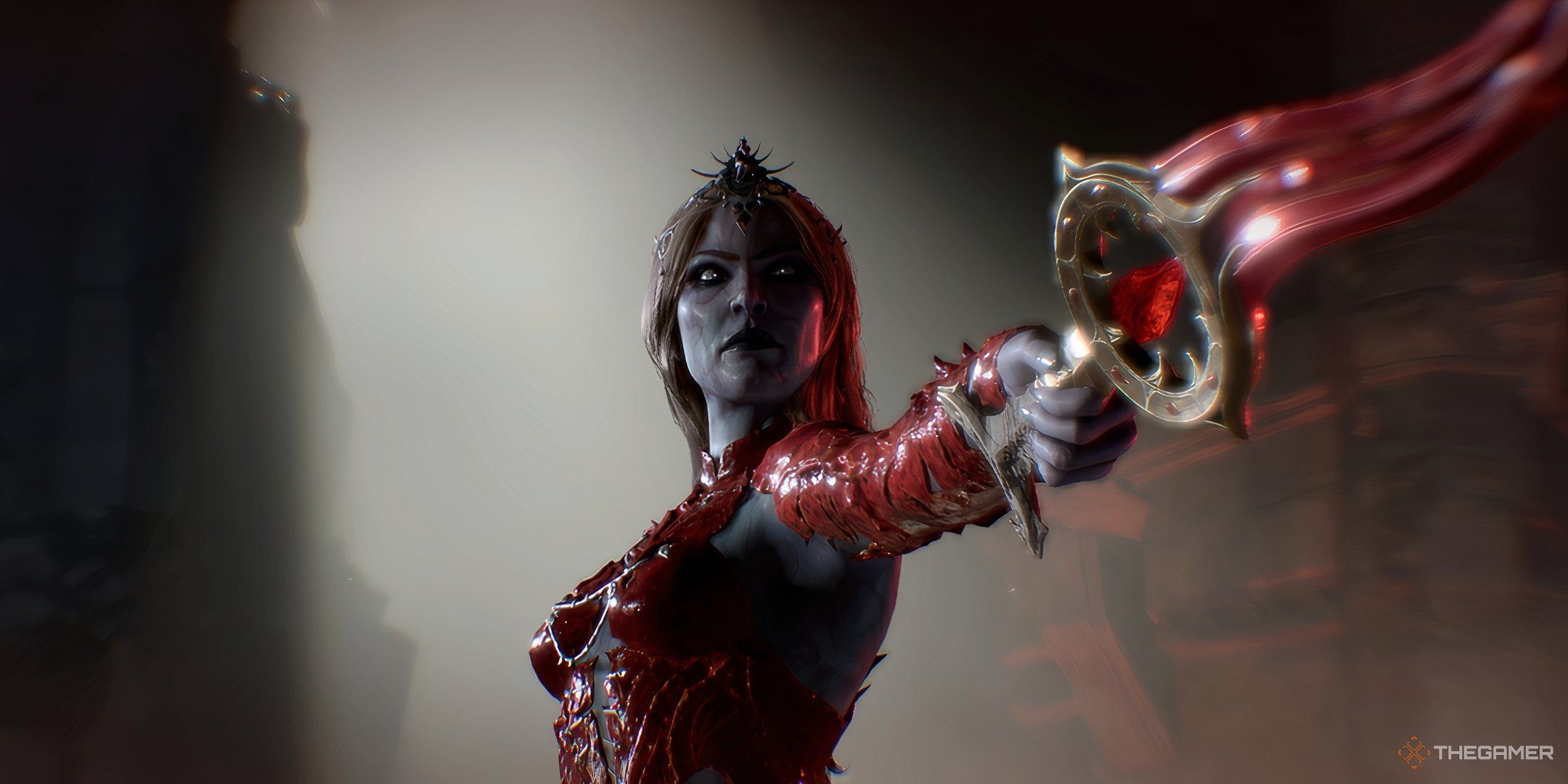
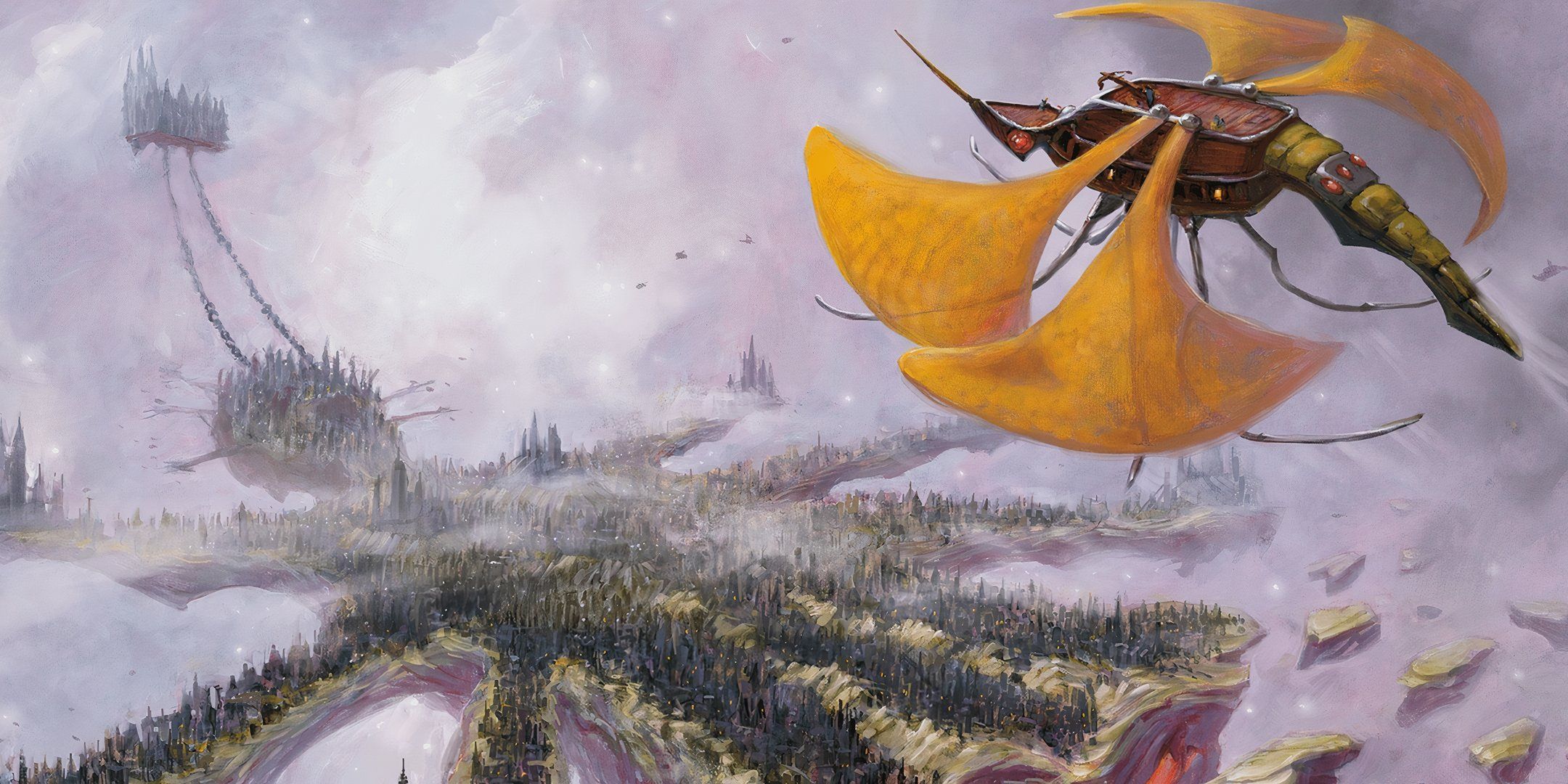
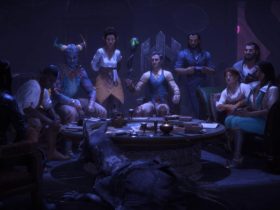



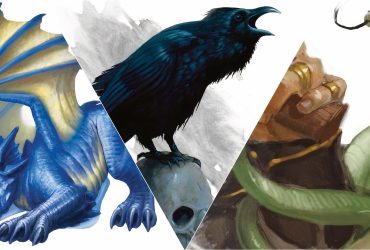
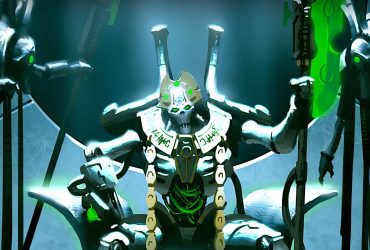

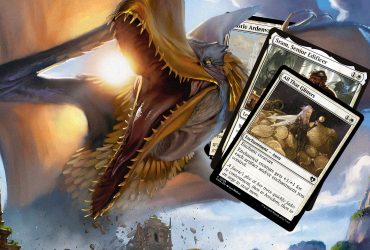

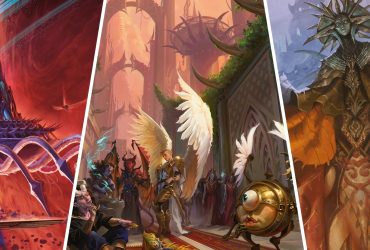
Leave a Reply